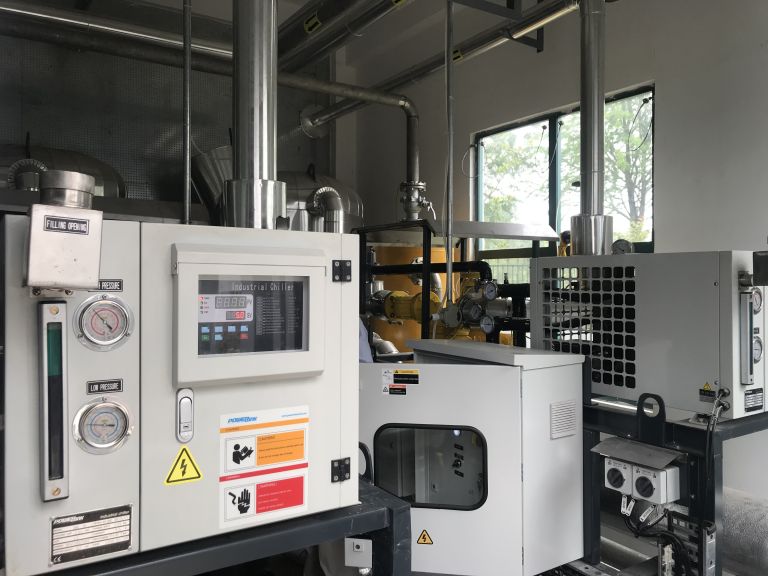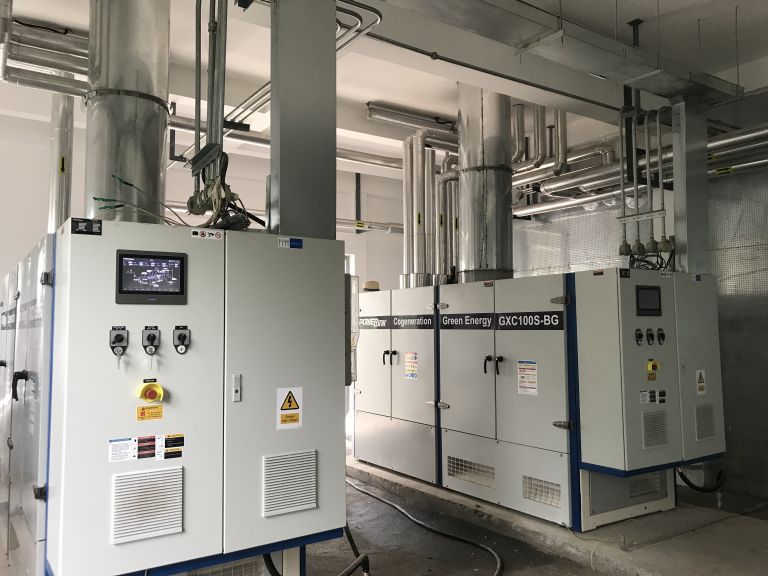
For many of us, the mention of biogas conjures up thoughts of a small-scale generator used by impoverished people in developing nations. While this is an accurate portrayal of biogas technology, it doesn’t tell the whole story. In recent years, Natural Gas generator have taken on a larger role in developed countries as well. They are slowly becoming more common as people realize their potential for reducing greenhouse gas emissions and creating a more sustainable world.
What is a Biogas Generator?
A biogas generator, sometimes called a methane digester, is a device that converts organic waste into methane gas. The gas can then be used for cooking, heating or generating electricity. A biogas generator is a great way to dispose of organic waste and also produce some energy in the process.

How does a Biogas Generator work?
A biogas generator is a machine that converts organic waste into usable energy. The machine does this by breaking down the waste material and turning it into methane gas. This gas can then be used to power engines, create electricity or heat homes. There are two main types of biogas generators- the fixed-dome and the floating-dome. The fixed-dome generator is more popular, as it is easier to operate and maintain. It is also cheaper to build. The floating-dome generator is more expensive, but it is better at dealing with variable feedstocks.
What is biogas?
Biogas is a type of gas that’s produced through the anaerobic digestion of organic matter. This usually refers to material from plants or animals but can also come from wastewater. The gas is made up of mostly methane and carbon dioxide and can be used as a fuel source for heating and cooking or to generate electricity. It’s an incredibly sustainable option since the process of generating biogas doesn’t produce any harmful emissions or pollutants.

How to build your own Biogas Generator?
If you’re feeling handy, you can even build your own biogas generator! It’s a great way to get hands-on with renewable energy and see how it works. Plus, it’s a fun project that the whole family can get involved in. Here are the basic steps: Find a large container—like a trash bin or old water tank. Drill or cut a hole in the bottom of the container. Make sure the hole is big enough for your waste pipe to fit snugly into.
Cut your waste pipe to size and attach it to the container. Fill the container with waste material, such as food waste, manure or plant waste. Cover the pipe with a soil cap to keep pests out. Connect the biogas generator to your home heating system or use it to power an electric generator.
A biogas generator is a great way to have a positive impact on your world. Not only does it help reduce greenhouse gas emissions, but it also provides a source of renewable energy. By building your own biogas generator, you can help reduce your carbon footprint and take steps towards a more sustainable future.





